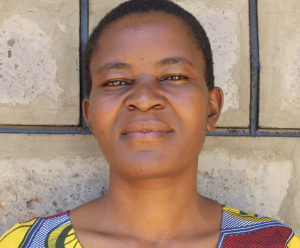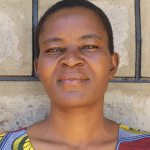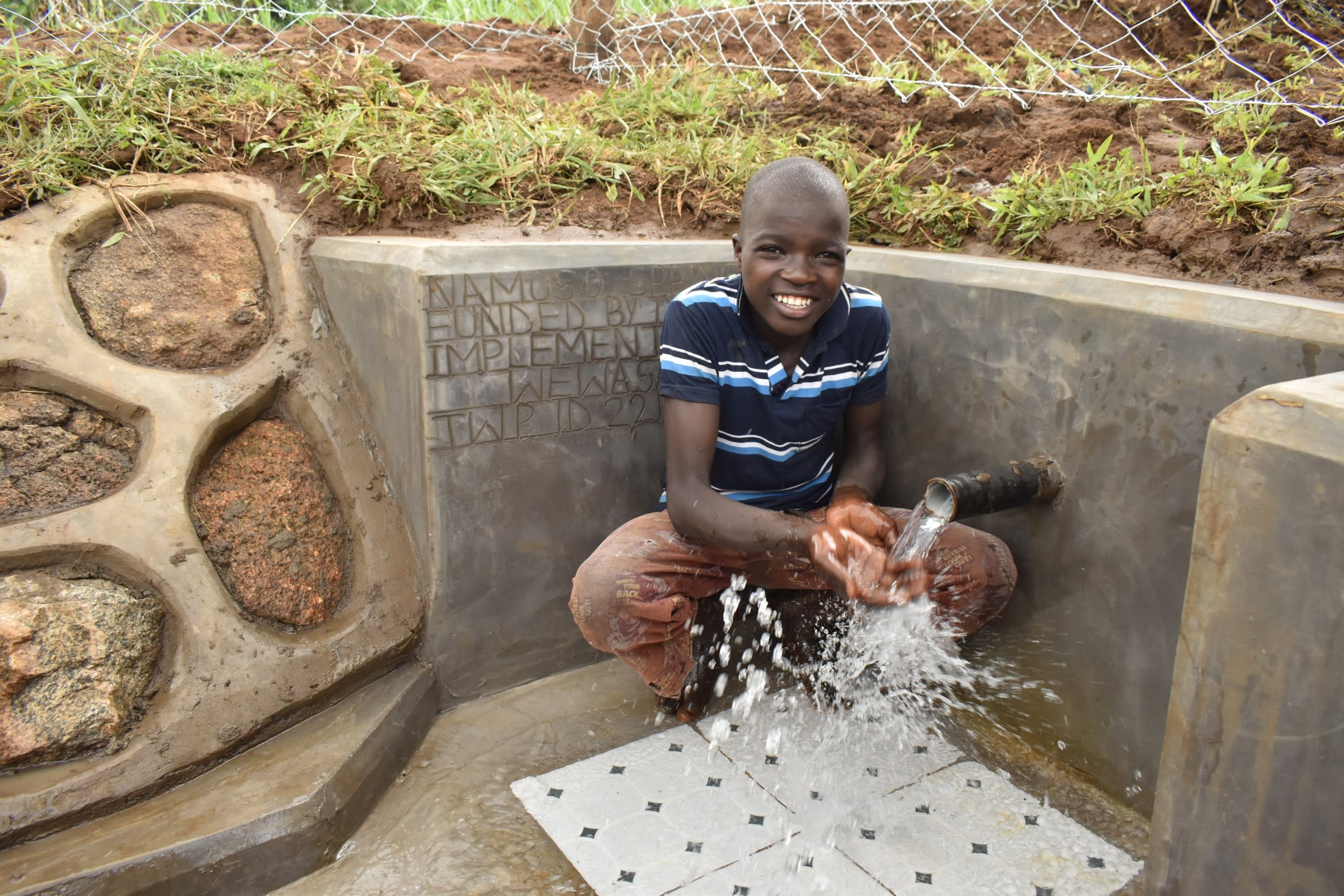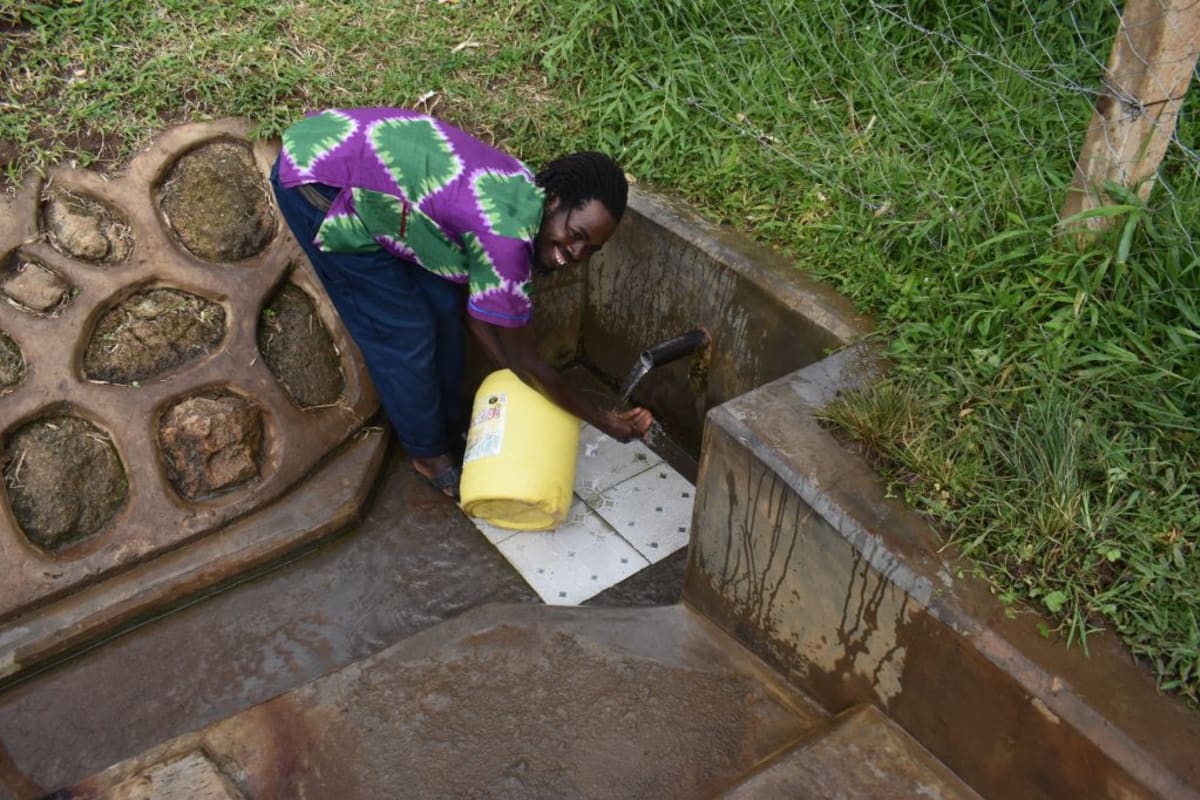Unbelievably, Namoso Spring serves as the primary water source for all 185 community members of Ikoli. Their only other water source is whatever rainwater they can collect during the short rainy season.
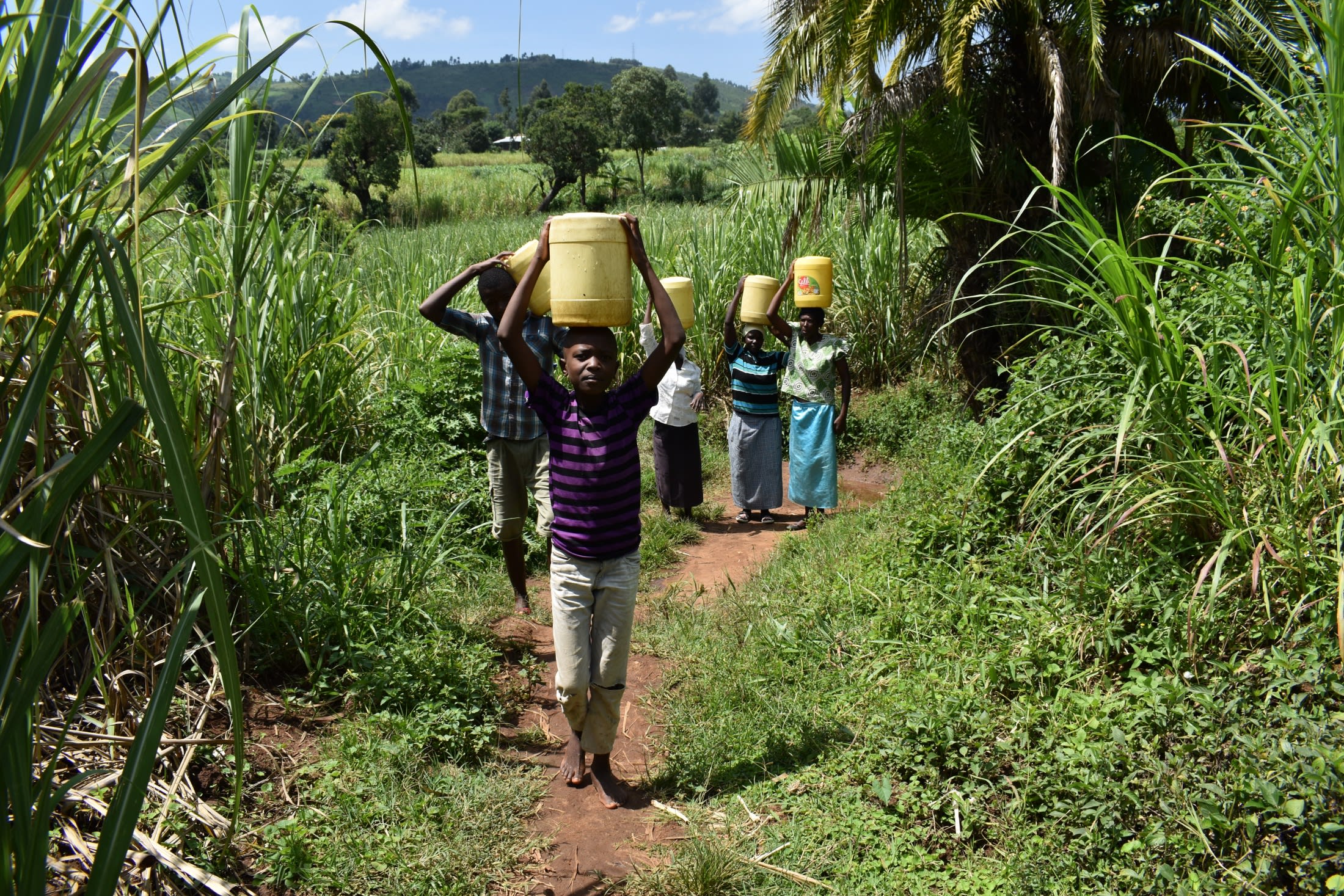
Leaves drop in the shallow, small pool of water, and algae collects around the rocks submerged below the surface. The spring is open to contamination from humans and animals alike.
"I have suffered for [a] long [time] buying medicine for amoebas because the government doesn't have [the treatment] at their pharmacy. This has affected my family. We have no money at all, and we are struggling in order to survive," said Sella Joel, a 48-year-old farmer, shown below collecting water.
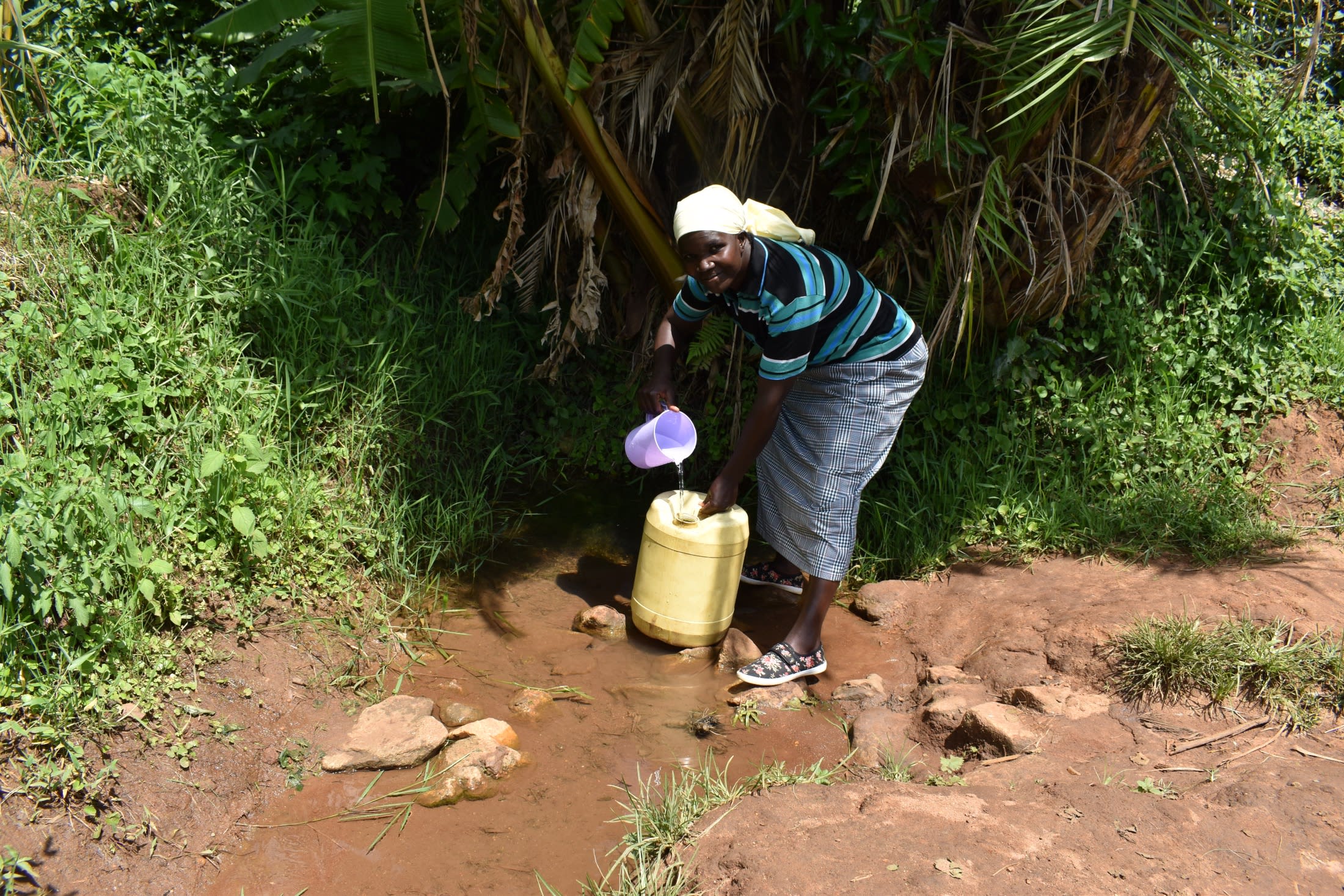
Water-related illness causes people to suffer needlessly. Sickness halts progress for students in school and community members trying to make a living.
"Because I was admitted [to the] hospital ailing from amoeba for a period of one month, [I] have been forced to repeat the same class. [I] am not happy about that," said 16-year-old Joseph, shown below.
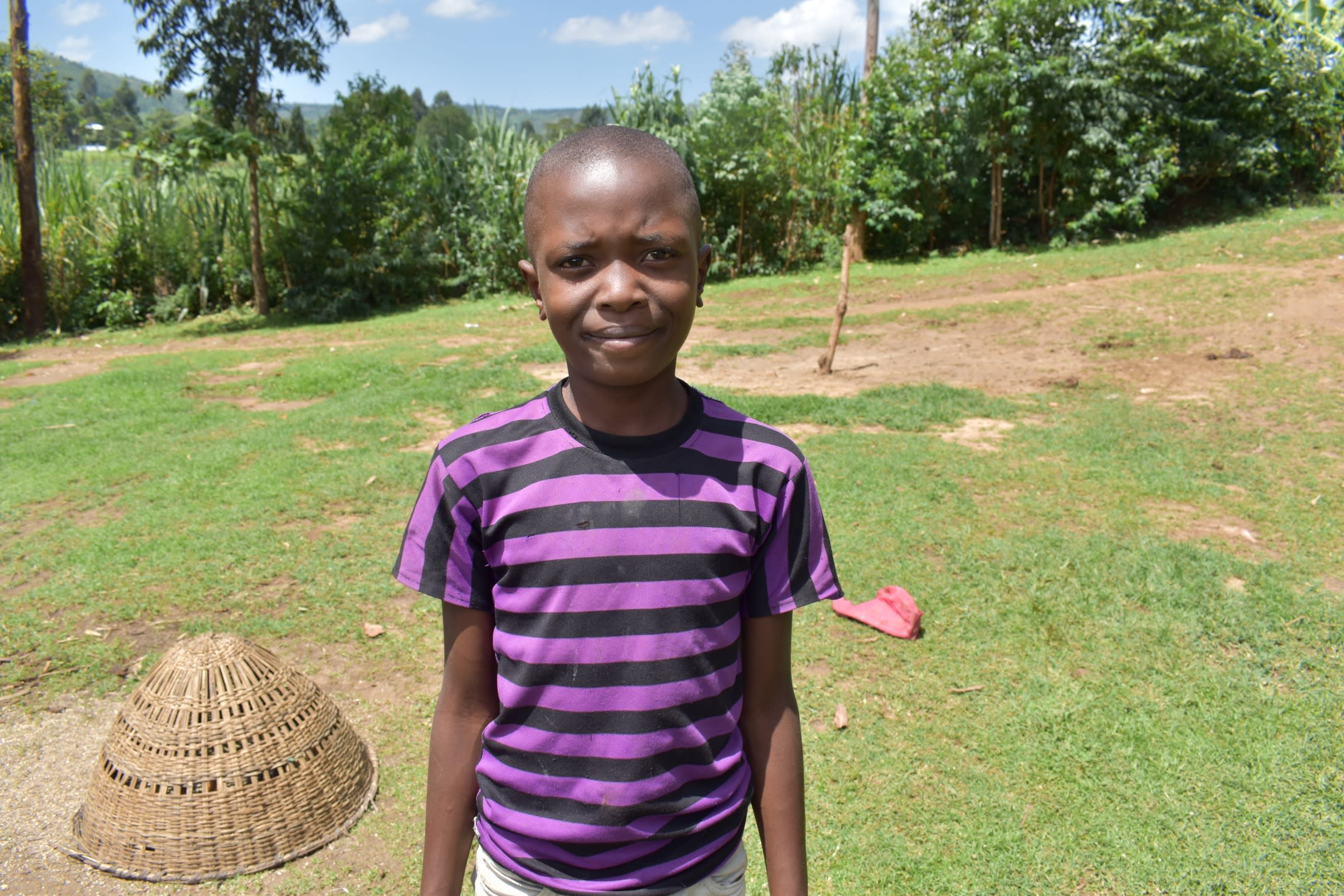
Children in sub-Saharan Africa are more than 14 times more likely to die before the age of 5 than children in developed regions. - WHO
Even if the water didn't make Ikoli's people sick, collecting it is very challenging for them. People must carefully scoop up water to avoid disturbing the bottom of the spring so the water doesn't become murky. If the water is accidentally disturbed, collection times extend until it settles. The delays often lead to quarrels when community members become frustrated, needing to complete their daily tasks like cooking, cleaning, and getting to work or school.
Protecting Namoso Spring will enable Ikoli's community members to focus on other essential things and hopefully find peace with one another once again as they make progress towards their futures.
What We Can Do:
Spring Protection
Protecting the spring will help provide access to cleaner and safer water and reduce the time people have to spend to fetch it. Construction will keep surface runoff and other contaminants out of the water. With the community's high involvement in the process, there should be a good sense of responsibility and ownership for the new clean water source.
Fetching water is a task predominantly carried out by women and young girls. Protecting the spring and offering training and support will, therefore, help empower the female members of the community by freeing up more of their time and energy to engage and invest in income-generating activities and their education.
Training on Health, Hygiene, COVID-19, and More
To hold trainings during the pandemic, we work closely with both community leaders and the local government to approve small groups to attend training. We ask community leaders to invite a select yet representative group of people to attend training who will then act as ambassadors to the rest of the community to share what they learn. We also communicate our expectations of physical distancing and wearing masks for all who choose to attend.
The training will focus on improved hygiene, health, and sanitation habits in this community. We will also have a dedicated session on COVID-19 symptoms, transmission routes, and prevention best practices.
With the community's input, we will identify key leverage points where they can alter their practices at the personal, household, and community levels to affect change. This training will help to ensure participants have the knowledge they need about healthy practices and their importance to make the most of their water point as soon as water is flowing.
Our team of facilitators will use a variety of methods to train community members. Some of these methods include participatory hygiene and sanitation transformation, asset-based community development, group discussions, handouts, and demonstrations at the spring.
One of the most important issues we plan to cover is the handling, storage, and treatment of water. Having a clean water source will be extremely helpful, but it is useless if water gets contaminated by the time it is consumed. We and the community strongly believe that all of these components will work together to improve living standards here, which will help to unlock the potential for these community members to live better, healthier lives.
We will then conduct a small series of follow-up trainings before transitioning to our regularly scheduled support visits throughout the year.
Training will result in the formation of a water user committee, elected by their peers, that will oversee the operations and maintenance of the spring. The committee will enforce proper behavior around the spring and delegate tasks that will help preserve the site, such as building a fence and digging proper drainage channels. The fence will keep out destructive animals and unwanted waste, and the drainage will keep the area's mosquito population at a minimum.

 Protected Spring
Protected Spring
 Rehabilitation Project
Rehabilitation Project










